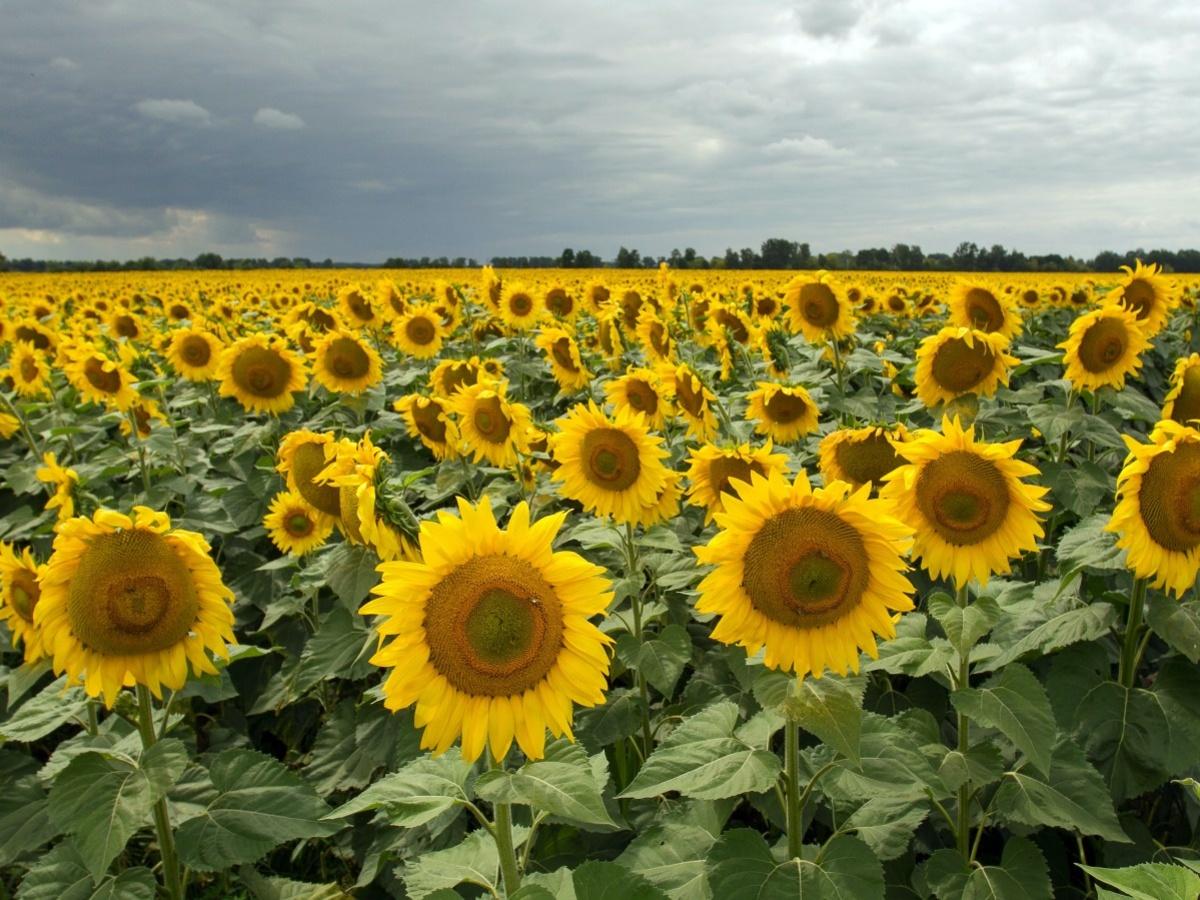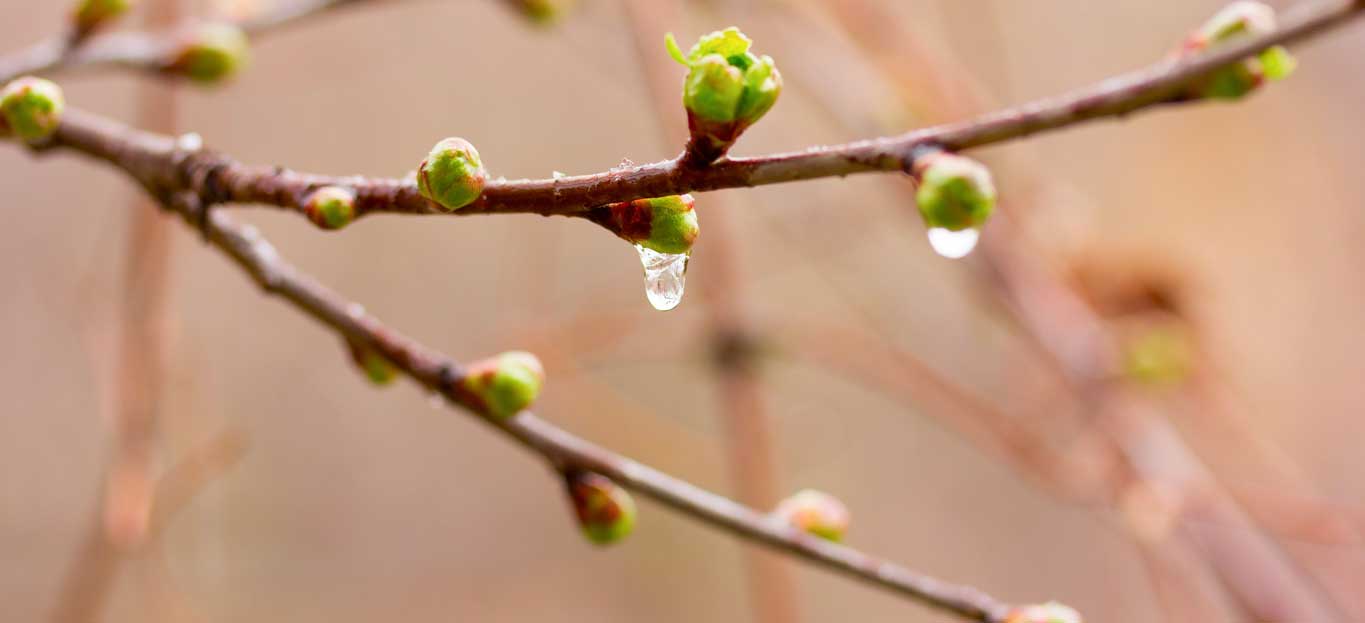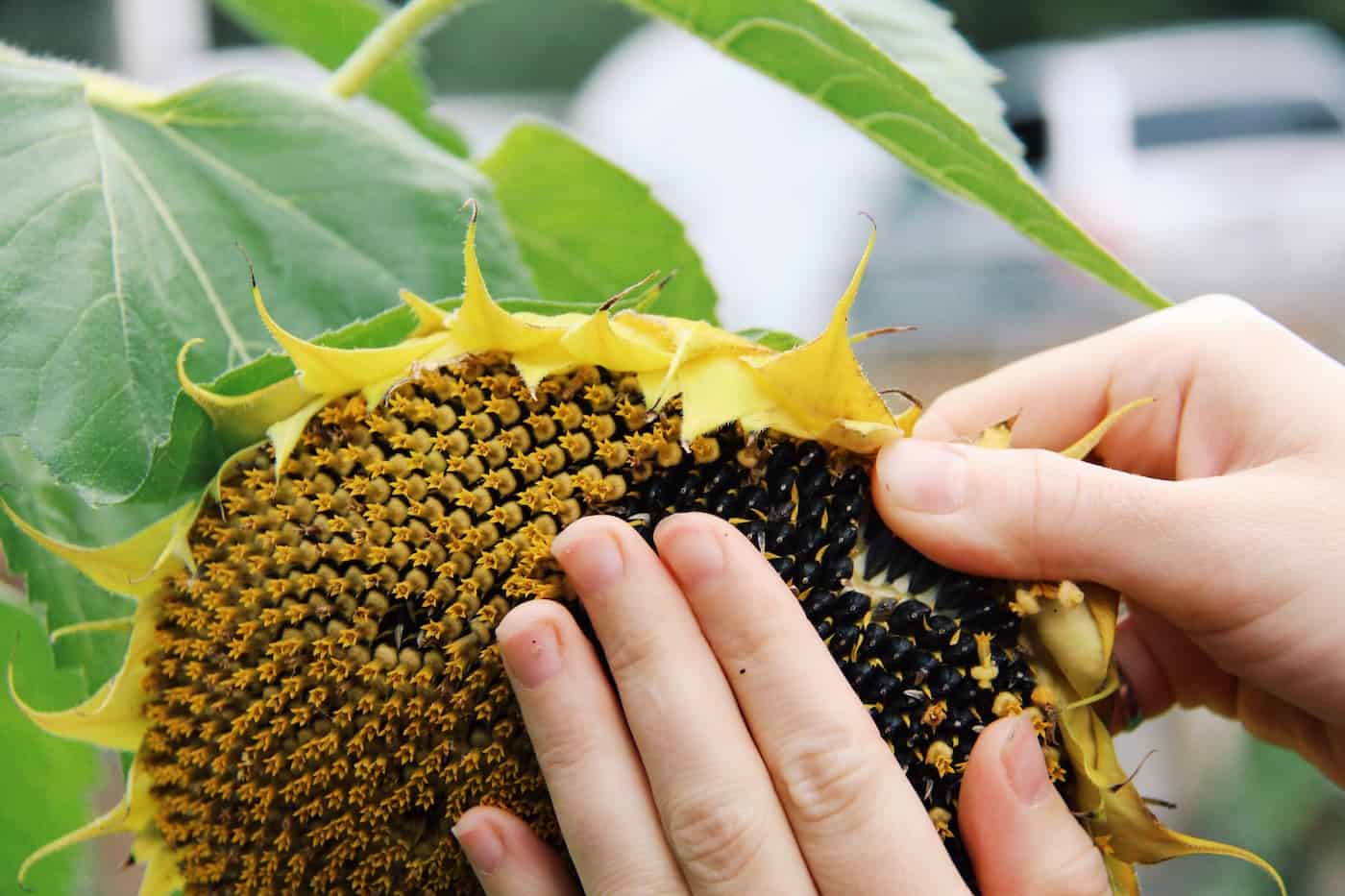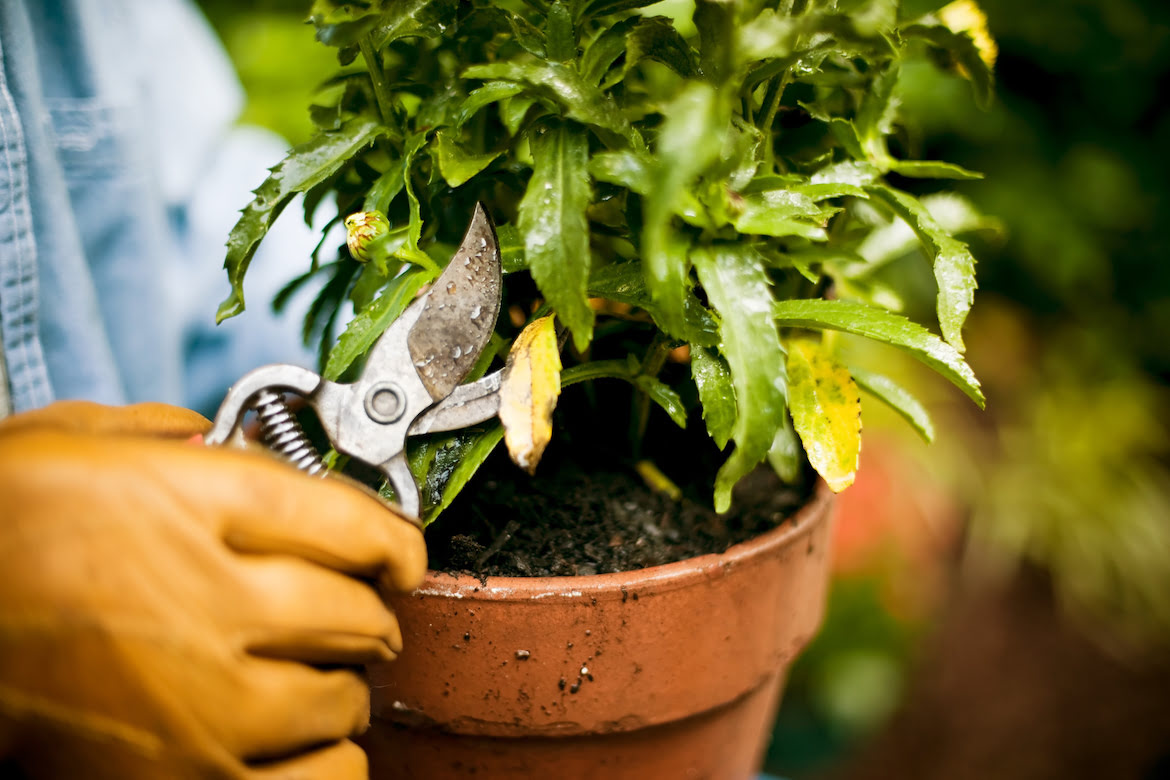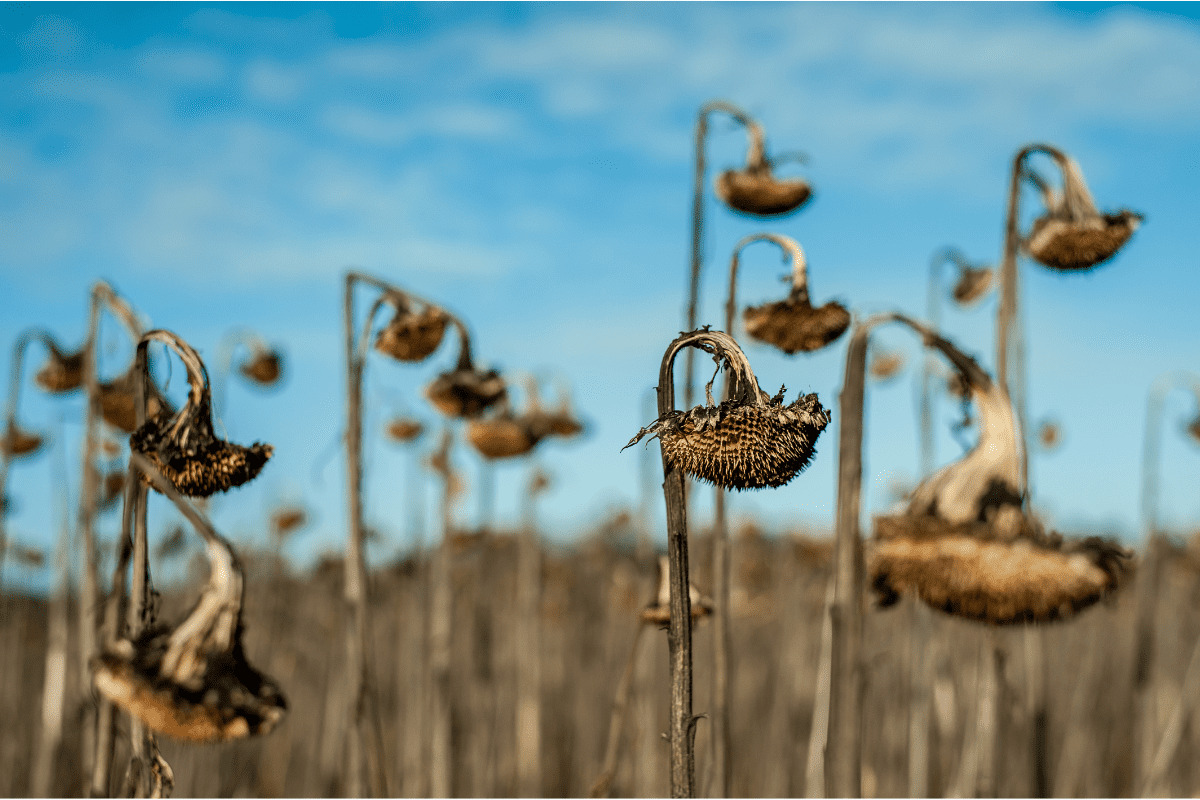Home>Types of Gardening>Ornamental Gardening>When Do Sunflowers Start Blooming


Ornamental Gardening
When Do Sunflowers Start Blooming
Modified: January 22, 2024
Learn when sunflowers start blooming in your ornamental garden and how to care for these vibrant and cheerful flowers. Discover the best practices for growing sunflowers and enjoy a stunning display in your garden.
(Many of the links in this article redirect to a specific reviewed product. Your purchase of these products through affiliate links helps to generate commission for Chicagolandgardening.com, at no extra cost. Learn more)
Table of Contents
Introduction
When it comes to ornamental gardening, few plants are as iconic and beloved as the sunflower. With its striking appearance and vibrant hues, the sunflower has captivated gardeners and nature enthusiasts for generations. One of the most eagerly anticipated moments in the sunflower's lifecycle is its blooming stage, a time when these majestic flowers burst into full, resplendent glory.
The journey from seed to bloom is a fascinating process, and understanding the factors that influence sunflower blooming can enhance the gardening experience. From the moment the seed is planted to the eventual emergence of the radiant blooms, each stage of a sunflower's growth offers unique insights into the marvels of nature.
In this article, we will delve into the captivating world of sunflower blooming, exploring the growth stages, the factors that influence blooming, and the duration of this enchanting phase. Whether you're a seasoned gardener or a newcomer to the world of ornamental plants, this guide will illuminate the wondrous journey of sunflowers as they transition from seedlings to breathtaking blooms. So, let's embark on this botanical adventure and uncover the secrets of when sunflowers start blooming.
Sunflower Growth Stages
The journey of a sunflower from seed to bloom encompasses several distinct growth stages, each marked by its own unique characteristics and requirements. Understanding these stages is essential for nurturing healthy, vibrant sunflowers and ensuring a successful blooming period.
1. Germination: The journey of a sunflower begins with the germination of its seed. When planted in well-drained soil and exposed to adequate sunlight, the seed will sprout, and a tiny seedling will emerge from the earth.
2. Seedling Stage: During this stage, the young sunflower plant will develop its first set of true leaves. It is crucial to provide consistent watering and protection from pests during this delicate phase of growth.
3. Vegetative Growth: As the sunflower plant matures, it will enter a phase of vigorous vegetative growth, characterized by the emergence of additional leaves and the development of a robust stem. Adequate spacing and nutrient-rich soil are essential for supporting the plant’s healthy development.
4. Bud Formation: The formation of flower buds marks an exciting transition in the sunflower’s growth. These buds hold the promise of the radiant blooms that will soon adorn the plant, and they require proper care to ensure optimal blooming.
5. Blooming Stage: The pinnacle of the sunflower’s growth, the blooming stage is a spectacle to behold. The vibrant yellow petals unfurl, forming the iconic sunflower head that exudes natural beauty and charm.
By recognizing and appreciating each of these growth stages, gardeners can develop a deeper connection with their sunflowers and provide the attentive care needed to nurture them through each phase of their development. Now, let’s explore the factors that influence the blooming of sunflowers, shedding light on the intricate mechanisms that govern this awe-inspiring process.
Factors Affecting Sunflower Blooming
The blooming of sunflowers is influenced by a myriad of factors, each playing a crucial role in determining the timing and quality of the blossoms. Understanding these factors empowers gardeners to create optimal conditions for their sunflowers, fostering robust and vibrant blooms.
1. Light: Sunflowers are aptly named, as they thrive in ample sunlight. Adequate light exposure is essential for stimulating blooming, so it is advisable to plant sunflowers in locations where they can bask in full sunlight for the majority of the day.
2. Temperature: Sunflowers favor warm temperatures for blooming. While they can endure a range of climates, they flourish in moderately warm conditions. Extreme heat or cold can impede blooming, so monitoring temperature fluctuations is vital for promoting optimal blooming.
3. Watering: Proper watering is critical for sunflower blooming. While sunflowers are relatively drought-tolerant, consistent watering is essential, particularly during the budding and blooming stages. However, excessive water can lead to root rot, so a balanced approach is key.
4. Soil Quality: The quality of the soil profoundly impacts sunflower blooming. Well-drained, nutrient-rich soil provides a supportive environment for healthy root development and robust blooming. Amending the soil with organic matter can enhance its fertility and structure, contributing to prolific blooms.
5. Varietal Characteristics: Different sunflower varieties exhibit varying blooming behaviors. Some cultivars are early bloomers, while others bloom later in the season. Understanding the specific characteristics of the chosen sunflower variety is essential for anticipating and optimizing the blooming period.
6. Pest and Disease Management: Pests and diseases can compromise the health and blooming potential of sunflowers. Implementing proactive pest management and disease prevention measures, such as regular inspections and the use of natural remedies, safeguards the plants’ vitality and promotes robust blooming.
By attentively addressing these influential factors, gardeners can create an environment that nurtures and supports the blooming of sunflowers, fostering an abundance of radiant, cheerful blooms. Now, let’s delve into the duration of the blooming period, unraveling the enchanting timeline of when sunflowers grace the garden with their resplendent blossoms.
Blooming Period of Sunflowers
The blooming period of sunflowers is a highly anticipated phase that captivates gardeners and admirers alike. The duration of this enchanting period is influenced by various factors, and understanding the typical timeline of sunflower blooming allows for informed anticipation and appreciation of these radiant blooms.
Typically, the blooming period of sunflowers spans several weeks, offering a prolonged display of their vibrant blossoms. The onset of blooming is largely contingent on the specific variety of sunflower, as well as the prevailing environmental conditions. Early-blooming varieties may start to reveal their cheerful blooms in early to mid-summer, while mid-season and late-blooming varieties grace the garden with their blossoms later in the season, extending the spectacle well into the fall.
Once the sunflowers commence blooming, the duration of this phase varies depending on the care provided, prevailing weather patterns, and the inherent characteristics of the specific cultivar. Typically, individual sunflower blooms last for approximately two to three weeks, contributing to the collective display of radiant colors and textures that adorn the garden.
As the blooming period unfolds, diligent observation and care can prolong the splendor of the sunflowers, encouraging the development of new buds and extending the overall duration of blooming. Regular deadheading, which involves removing spent blooms, can stimulate the production of fresh flowers, enriching the visual tapestry of the garden with successive waves of blossoms.
It’s important to note that while the individual blooms may fade after a few weeks, the collective blooming period of a well-tended sunflower patch can endure for a substantial portion of the growing season, providing an enduring source of natural beauty and delight.
By recognizing the typical duration of sunflower blooming and actively nurturing the plants through attentive care and maintenance, gardeners can savor an extended period of enchanting blooms, infusing their outdoor spaces with the radiant charm and exuberance of these beloved ornamental flowers.
Conclusion
The journey of sunflowers from seed to bloom is a captivating odyssey that unfolds through a series of distinct growth stages, culminating in the enchanting blooming period that graces gardens with vibrant hues and natural splendor. Understanding the factors that influence sunflower blooming, such as light, temperature, watering, soil quality, varietal characteristics, and pest and disease management, empowers gardeners to create an optimal environment for these majestic flowers to thrive.
By nurturing sunflowers through each growth stage and attentively addressing their needs, gardeners can anticipate and prolong the blooming period, reveling in the prolonged display of cheerful blooms that adorn their outdoor spaces. Whether it’s the early bloomers heralding the arrival of summer or the late-blooming varieties extending the spectacle into the fall, the blooming period of sunflowers offers a prolonged celebration of natural beauty and charm.
As gardeners witness the emergence of each radiant bloom and tend to the needs of their sunflowers, they partake in a timeless ritual that fosters a deep connection with nature and the wonders of the botanical world. The blooming period of sunflowers not only enriches outdoor spaces with its visual allure but also serves as a testament to the resilience and grace of these beloved ornamental flowers.
So, as you embark on your own botanical adventure with sunflowers, may this guide serve as a source of inspiration and insight, illuminating the captivating journey of when sunflowers start blooming and inviting you to embrace the enchanting spectacle of these resplendent blooms.

